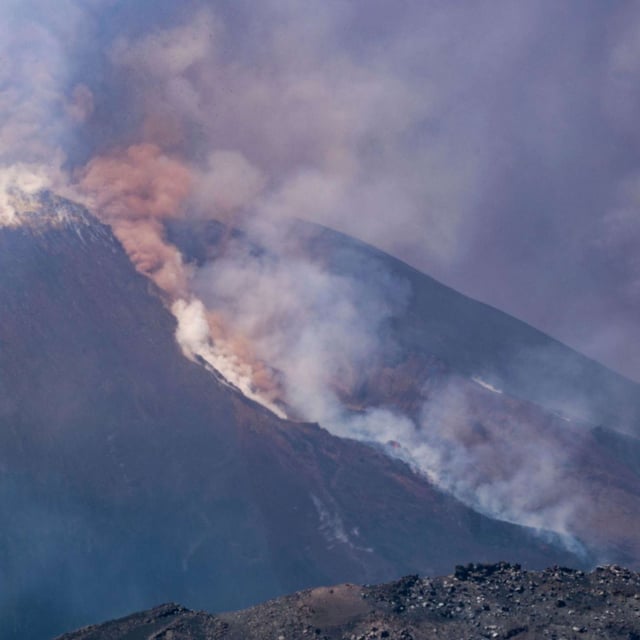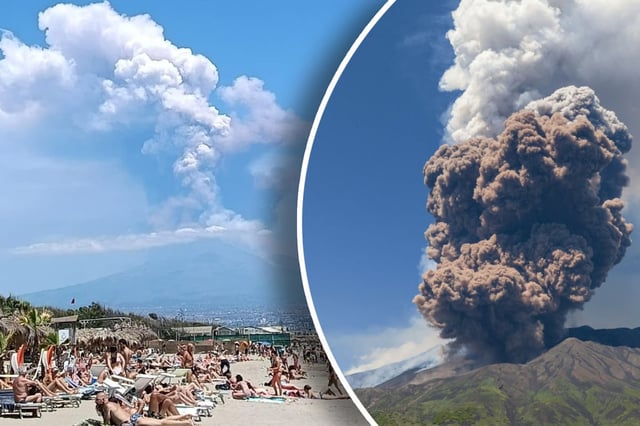Overview
- On June 2, Etna’s increased seismic tremors triggered a pyroclastic flow after a partial collapse of the southeast crater, escalating into a lava fountain.
- An ash plume soared to 6.5 kilometers, prompting the INGV to raise the aviation alert to red before downgrading it as emissions ceased.
- By late afternoon, the eruption ended with all lava streams entering a cooling phase and seismic activity diminishing at the summit.
- Catania’s international airport remained operational throughout the event, despite the initial red warning for flight safety.
- Despite experts calling this a typical strombolian eruption, authorities cautioned visitors after videos showed tourists ignoring exclusion zones near the crater.



